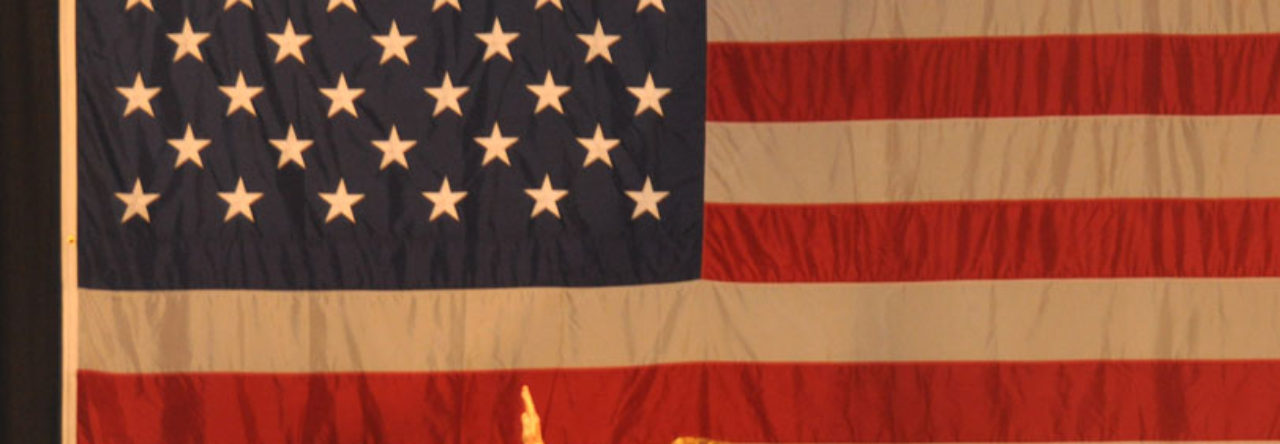The Audience Award Winner at Sundance was a docu-drama about an Irish band, “Kneecap,” that is working to preserve the Irish language (Gaelic) and enjoys sticking it to the British. The members of the real-life band “Kneecap” played themselves. To appreciate the film, it is best to know this history of the band (from Wikipedia); “Kneecap are a Belfast, Northern Ireland-based hip hop trio with the stage-names Mo Chara, Móglaí Bap and DJ Próvaí.[1][2] They sing in Irish and English and often reference their support for republicanism. They first began releasing music in 2017 with their single “C.E.A.R.T.A.” (Irish for “RIGHTS” as in human rights). They released their first album, 3CAG, in 2018,[3] and continued to release various singles such as “Get Your Brits Out”.
The three members of the Irish rap group — Liam Óg Ó hAnnaidh, Naoise Ó Cairealláin, and JJ Ó Dochartaigh — play themselves in this liberally fictionalized reimagining of their origin story set in Belfast, Northern Ireland. The plot goes back to “the Troubles” and the operating philosophy “Every word of Irish spoken is a bullet fired for Irish freedom.” Michael Fassbender plays the father of lead band member Liam Óg Ó hAnnaidh and drifts in and out of the narrative as an escaped Irish prisoner who may (or may not) be dead. Writer/Director Rich Peppiatt said he “endorsed his inner low-life scumbag” to make the film, shot in 7 weeks in 2023.
The Wikipedia entry about the band adds a lot of background for viewers of the film, especially if you’ve never heard of them before. The romance with a Protestant girl is another sub-plot of the mosaic that is the band rapping in a language that most of the audience neither understands nor has ever heard before. (Sub-titles for the lyrics would be helpful) Kneecap, the band, has an infectious enthusiasm and youth on their side,. The members are supposedly the offspring of legendary Irish Republican Army fighters, with a distinct enthuiasm for anarchy, rebellion and fighting for the underdog—all those things that youth is associated with. The band has also weighed in on the Israeli/Gaza conflict with sympathy for the Palestine cause. Of course, the original impetus for the film (as portrayed in the docu/drama/comedy), occurred when a member of the band refused to speak English while being interrogated in connection with a crime and insisted on speaking Gaelic. That is faithfully rendered—although, as with all films, there is a fair amount of embellishment for the sake of the narrative.
This Wikipedia insight also comes in handy: “In 2021 Kneecap released their single “MAM” as a tribute to their mothers, the song was acknowledged as a shift away from their usual style saying that they wanted to do something more ‘real’. Mo Chara stated in an interview that they wanted to show that “we can ’roundhouse’ you off the stage but we can also give you a hug afterwards. We wanted to do something a bit sentimental, we don’t wanna just box ourselves in with masculinity all the time.”] The trio also revealed on Instagram that Móglaí Bap’s mother had died of suicide before it could be released and that all proceeds from the song would be going to the Samaritans.”
In regards to sentimental, one review took a broad swipe at Kenneth Branagh’s film “Belfast,” based on his own childhood memory of living in Belfast during the Troubles, calling it “sentimental” and “overly saccharine.” Belfast was one of the nominees for Best Picture of the Year that year.
During the Q&A following the film one of the band members was dressed in a leather outfit that looked like it was straight out of the latest iteration of “American Horror Story,” complete with Baliclava mask, as worn by the older D.J. in the film. It is a weird look. One band member came onstage swilling from a bottle of booze, which seemed appropriate for the rabble-rousing drug-dealing rebels.
The music is infectiously high-voltage and the docu-drama has already secured a distribution deal at Sundance with Sony Classics films. Those involved in the film were:
- . Crew:Director, writer: Rich Peppiatt. Camera: Ryan Kernaghan. Editors: Chris Gill, Julian Ulrichs. Music: Michael ‘Mikey’ J Asante.
- With:Liam Óg Ó hAnnaidh, Naoise Ó Cairealláin, JJ Ó Dochartaigh, Michael Fassbender, Josie Walker, Simone Kirby.
I’m Irish (maiden surname “Corcoran”) but I had no idea what any of the rapping lyrics meant, and would have appreciated knowing. They might as well have been singing in Vietnamese, given the lack of sub-titles to explain the message to those of us who are (a) out of our twenties and (b) not conversant in the Irish language. (And, if you think about it, that is a rather large number of the proposed audience.) On the bright side, as IMDB reported, domestic box office from all Sundance 2023 films was the best for any year since Covid. At around $100 million, it quadrupled the take from 2022 Festival titles, which was around $25 million. All told, about two thirds of the 2023 films have some sort of domestic distribution, including streaming outlets.
I enjoyed the convincing acting by the band members. The stereotype of drunken Irish wife-beaters is alive and well in this one, personified by the band members, who did their best to perpetuate that old familiar stereotype. Perhaps Sony Classics will put a translation of the Gaelic lyrics onscreen before launching the film nationwide and worldwide, which would help add to our understanding of the mindset of the group

















 I think my two favorite discoveries were “Dream Sequential” and “Poor Things” because they were so extraordinarily original (and off-the-wall.)
I think my two favorite discoveries were “Dream Sequential” and “Poor Things” because they were so extraordinarily original (and off-the-wall.)